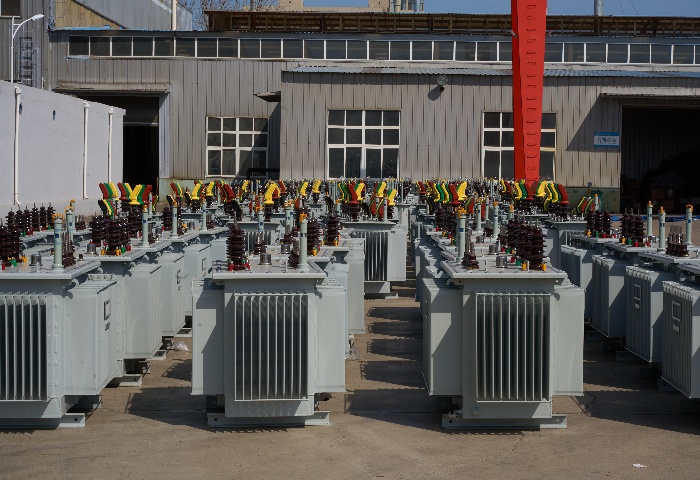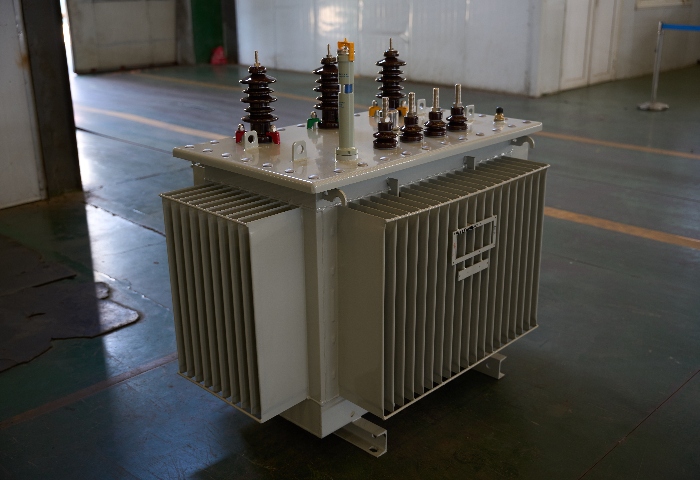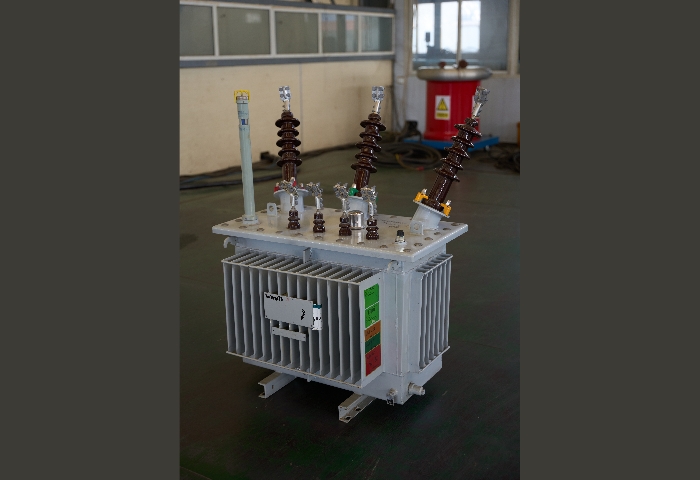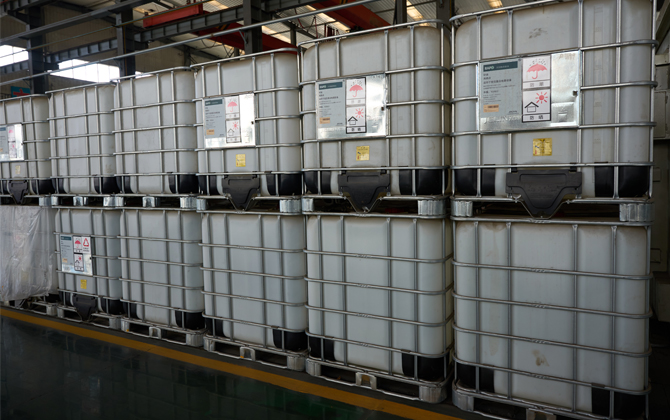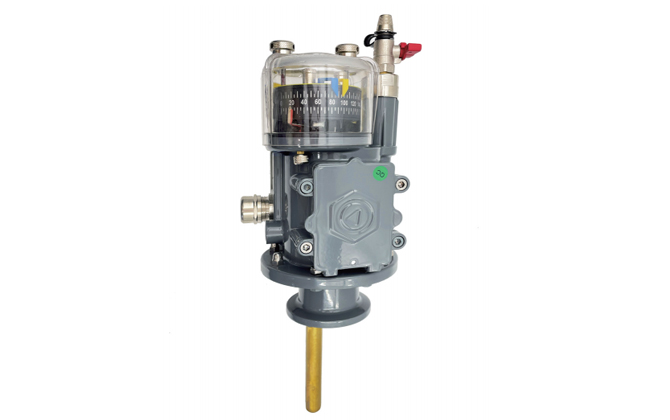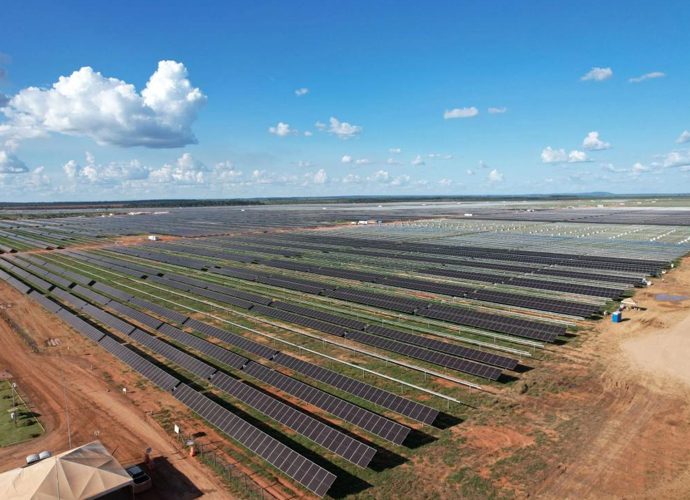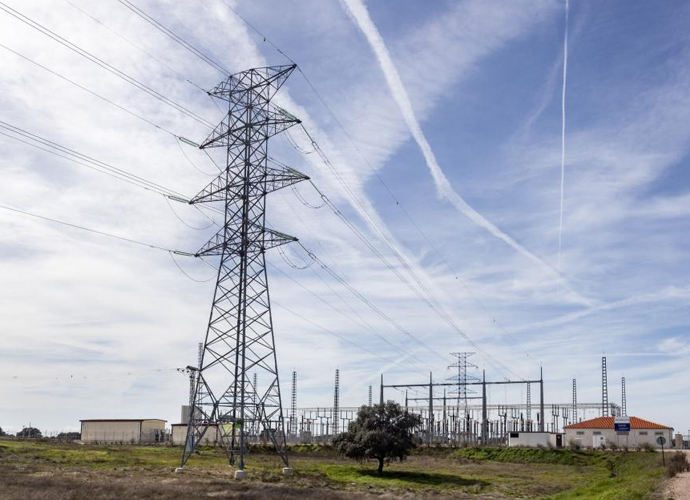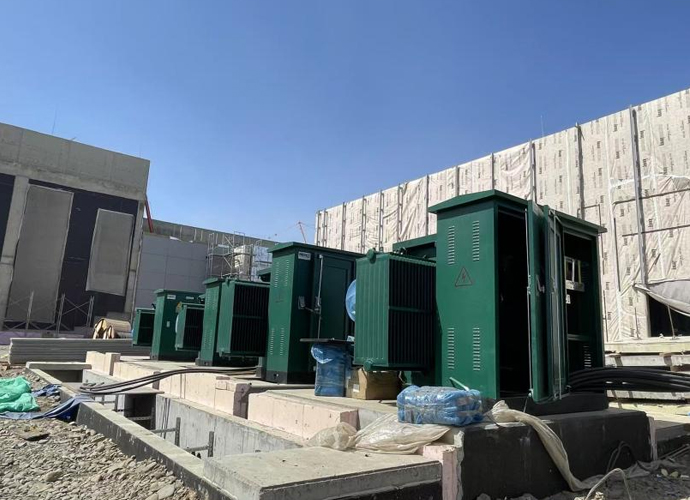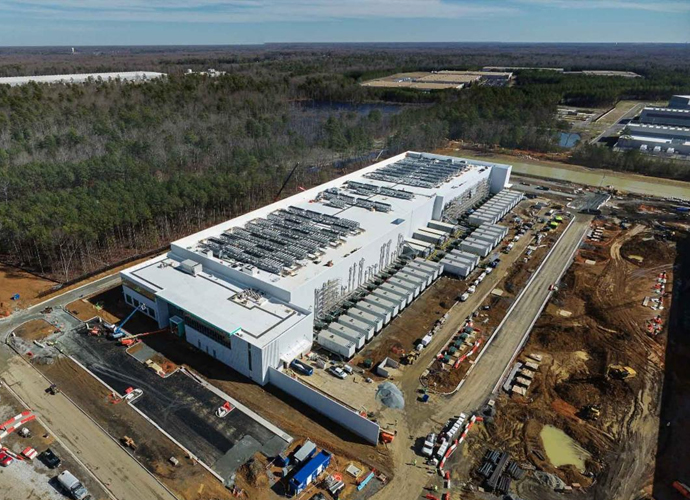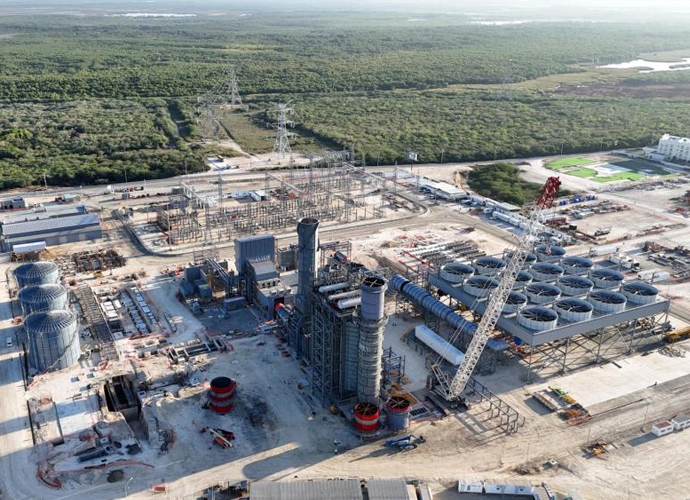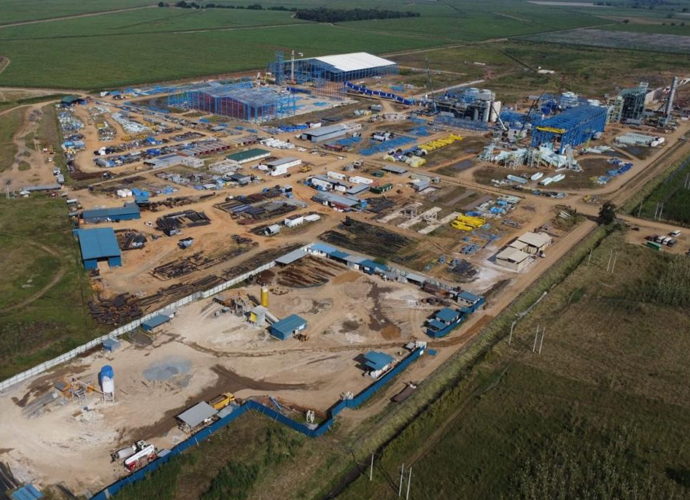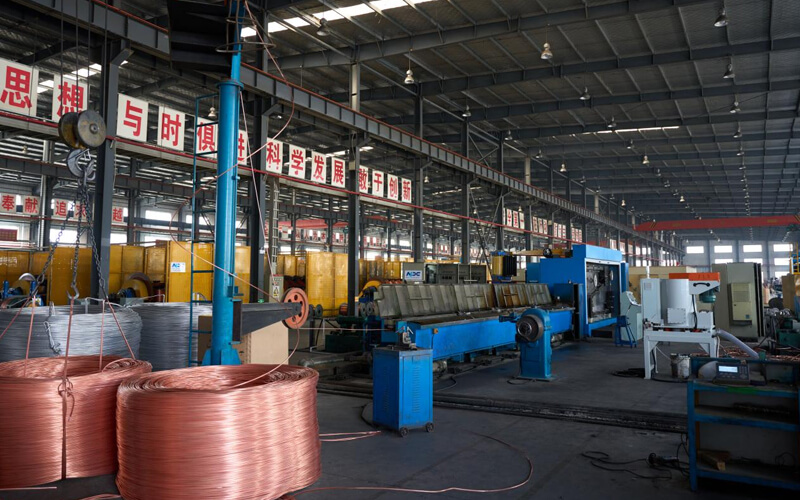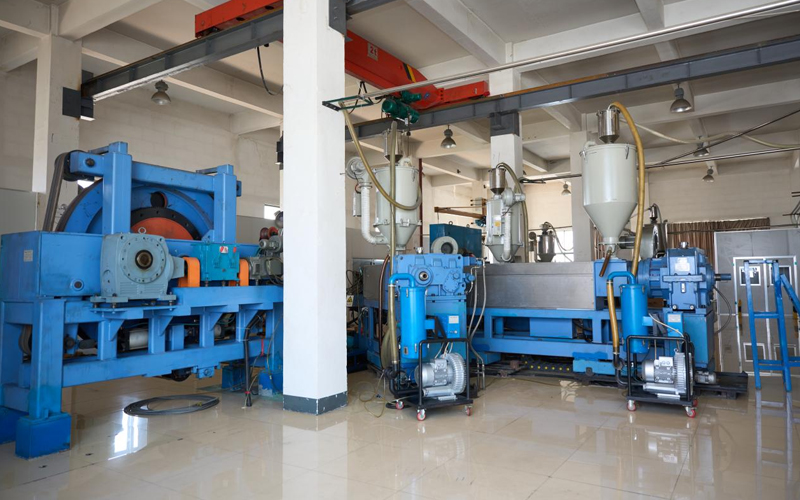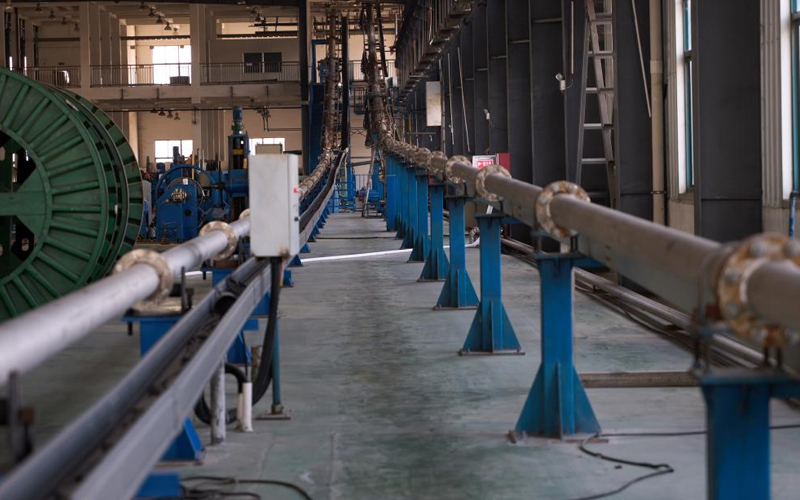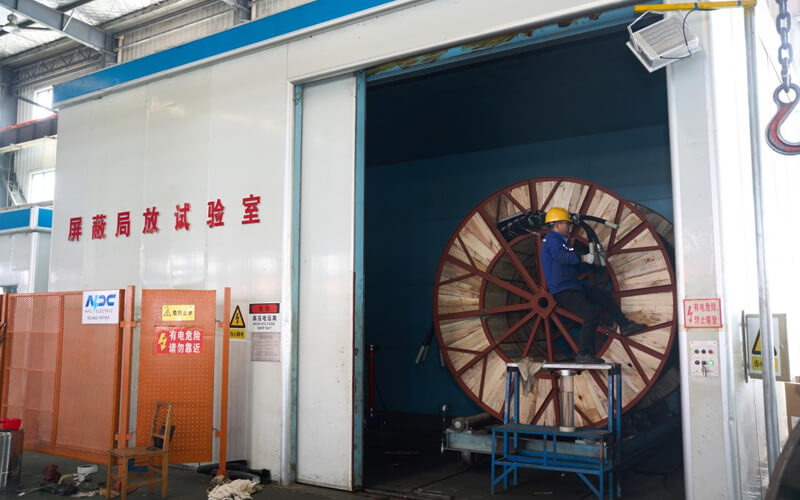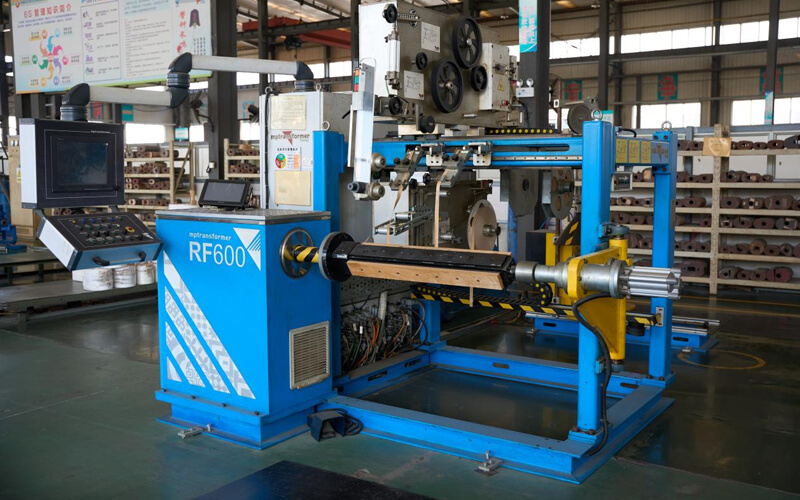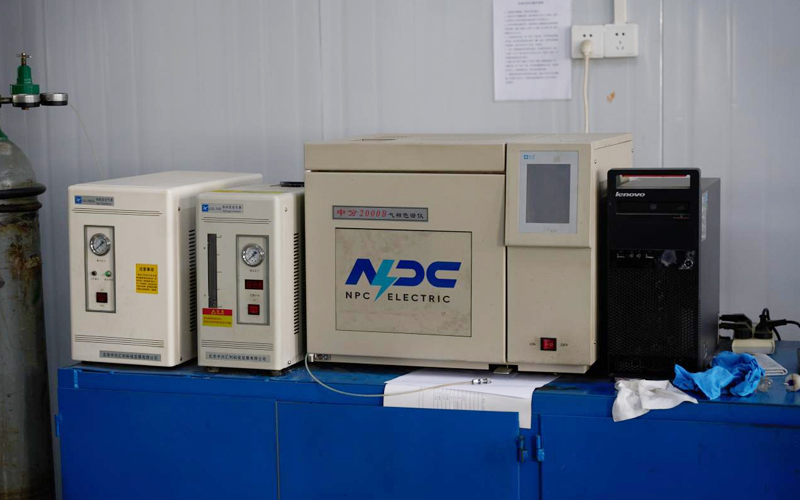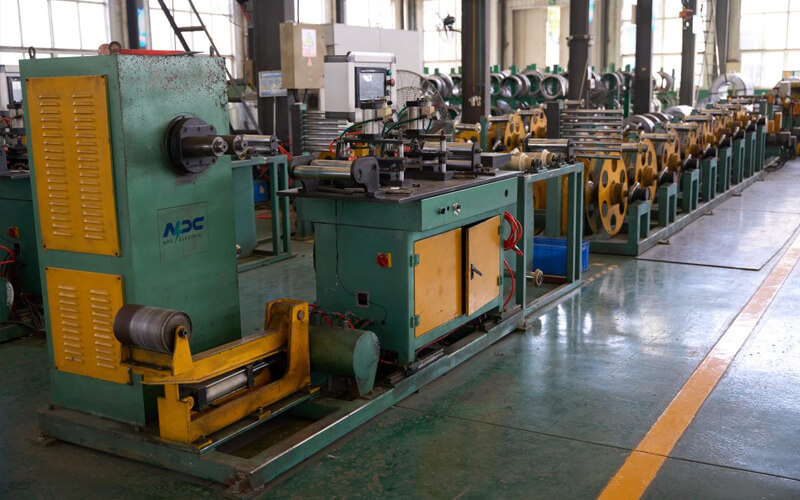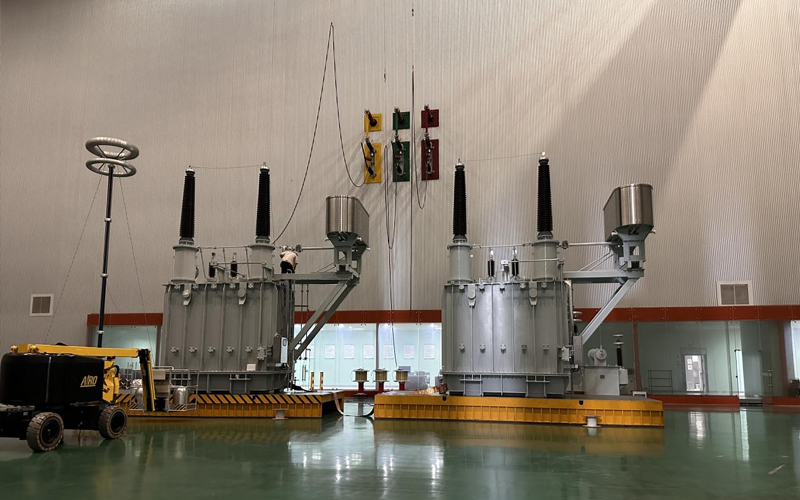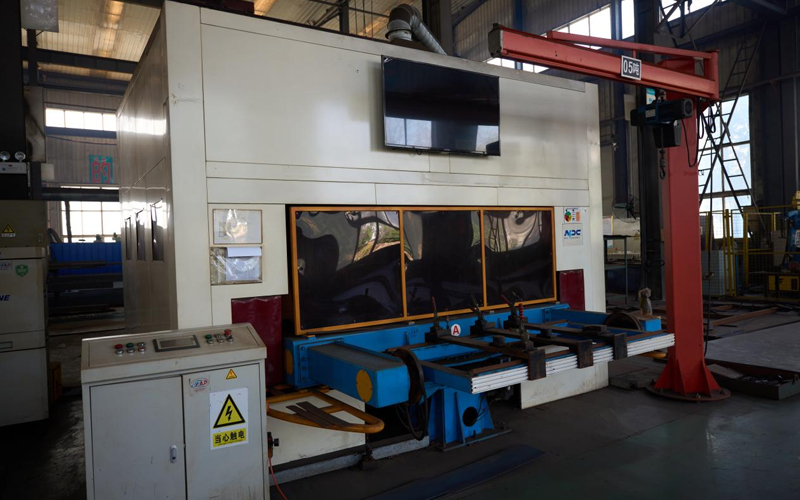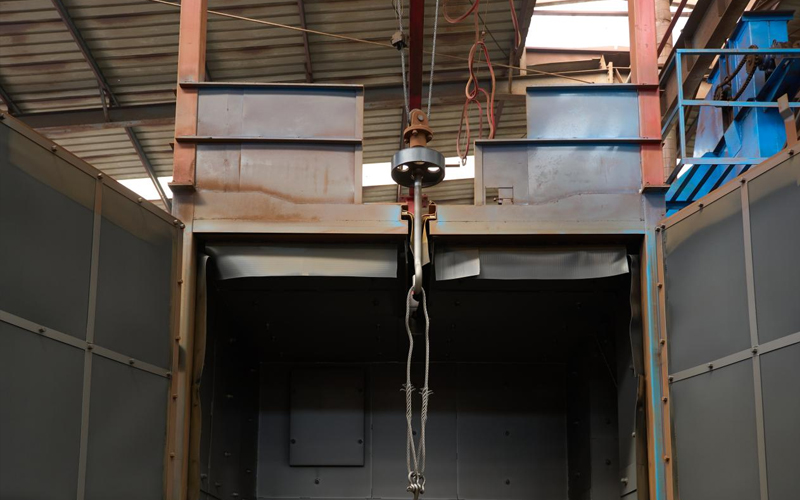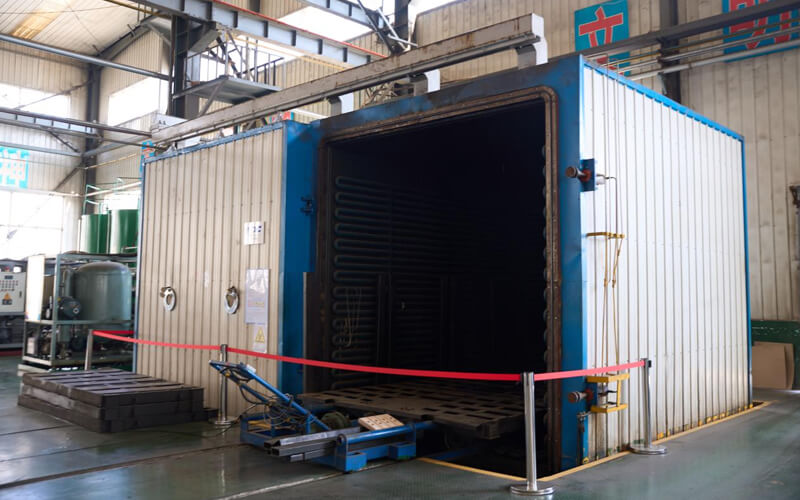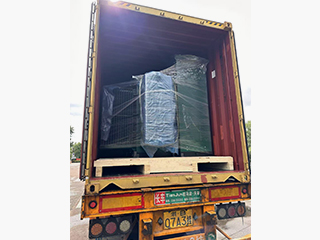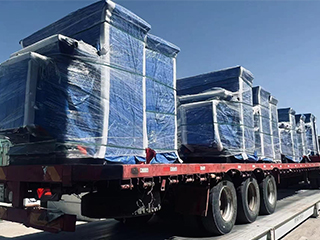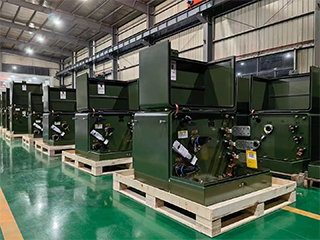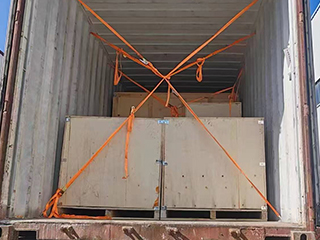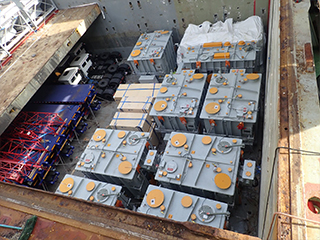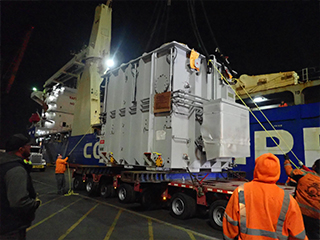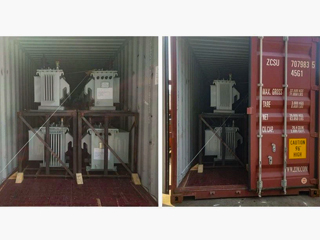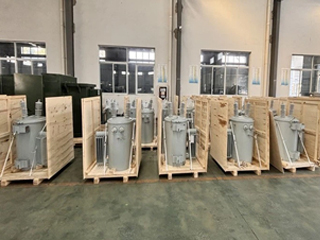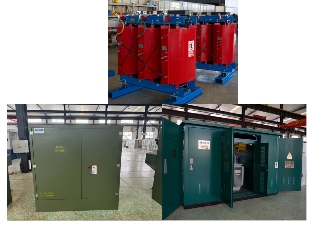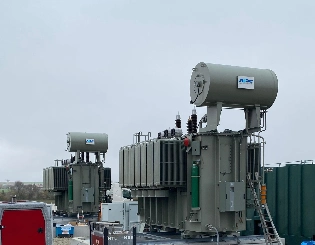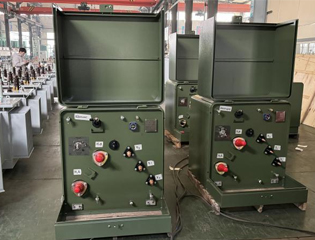315kVA Oil Immersed Transformer
- Primary Voltage Ratings 34.5-19.92/13.8-7.957/13.2-7.62/12.47-7.2, 24.94, 26.25, 33 or others
- Secondary Voltage Ratings 480/277V, 400/230V, 380/220V or customized
- H.V. Tap Range ± 2×2.5% HV taps or others
- Type Oil immersed distribution transformer
- BIL 30/95kV
- Standards IEEE, ANSI, NEMA, GB
- Application Residential Areas And Small Communities, Energy And Power Distribution Stations, Wind And Solar Power Generation Systems Etc
- Power Rating 315kVA
- Certificate ISO, CE, UL, IEEE
- Cooling Method ONAN, ONAN/ONAF, KNAN, KNAN/KNAF
- Oil Mineral Oil or FR3
- Opeartion Step Down & Step Up
Technical Specifications
| Technical Specifications | ||
| Rated Power | 315 kVA | |
| Rating Primary Voltage | 2.4 - 34.5kV | |
| Secondary Voltage | 480/277V 400/230V 380/220V Customized |
|
| Frequency | 50/60Hz | |
| Vector Group | Dyn11, Yyn0, Dyn5 | |
| Winding Material | Aluminum/Copper | |
| Efficiency | As IEEE, Doe 2016, CAS Std or Customized | |
| Impedance Voltage | Nominal 2% or Customized 1.1 - 5.75% | |
| Altitude | ≤1,000m or Customized | |
| Color | ANSI 70 Light gray/Munsell 7GY3.29/1.5 or customized, etc | |
| Tank material | Mild Steel, 304 Stainless Steel | |
| Insulating Oil Weight | 480 kg | |
| Total Weight | 1720 kg | |
| Outline Dimensions(L×W×H)in. | 1780 × 1300 × 1890(mm) | |
| HV Bushing |
| LV Bushing |
| Tap changer |
| Oil level gauge |
| Oil temperature indicator |
| Pressure relief device |
| Pressure vacuum gauge |
| Lifting hook for complete transformer |
| Name plate |
| Radiators |
| Oil upper filtering valve |
| Oil drain valve with 3/8" sampler |
Customization Optional
In terms of cooling methods, in addition to the basic oil-immersed self-cooling (ONAN), oil-immersed air cooling (ONAF) can also be selected. When the transformer load is heavy or the ambient temperature is high, ONAF can accelerate heat dissipation through the fan to enhance the cooling effect. The protection level is optional, such as IP20 and IP23. IP20 can prevent the entry of larger solid foreign objects and is suitable for indoor clean environments; IP23 can also prevent water splashing on this basis and can be used outdoors or in humid environments.
Packing and Shipping
In terms of packaging, the transformer body must first be fully protected. First, use professional cleaning agents to clean the impurities and oil stains on its surface, and then wrap it tightly with a plastic film with moisture-proof and rust-proof functions to prevent rust caused by moisture erosion during transportation. For key accessories such as radiators, oil pillows, and gas relays, customized foam or sponges are used for separate wrapping. These cushioning materials can effectively reduce the damage caused by collisions and vibrations. Subsequently, the transformer body and the wrapped accessories are packed together in a special, large wooden or metal box. The box must have sufficient strength and rigidity to withstand various external forces during transportation. Special fixing devices such as angle steel and bolts are set up in the box to firmly fix the transformer to the bottom of the box to prevent it from shaking or displacement during transportation. At the same time, the surface of the box is clearly marked with obvious signs such as "upward", "fragile", and "moisture-proof" to remind transportation personnel to handle and store it correctly.
In terms of transportation, it is necessary to carefully choose the appropriate mode of transportation according to factors such as the transportation distance, the geographical environment of the destination, and customer requirements. For short-distance transportation, road transportation is a common choice, and large trucks with sufficient carrying capacity and good shock absorption performance should be selected. When loading the transformer, ensure that its center of gravity is stable, and use steel wire ropes, iron chains, and other fixing devices to firmly connect the box to the truck to prevent the box from sliding or colliding due to bumps, braking, etc., during driving. If the transportation distance is long, rail transportation or water transportation may be more appropriate. In rail transportation, loading and fixing must be carried out in strict accordance with the regulations of the railway department; water transportation must consider the stability of the ship and moisture-proof measures. During the entire transportation process, arrange special personnel to track the position and status of the transport vehicle or ship in real time, and regularly check the fastening of the fixing device and the appearance of the box. If any abnormality is found, take appropriate measures to deal with it in time. In addition, no matter which mode of transportation is used, rain, sun, moisture, and other measures must be taken to prevent the transformer from being affected by bad weather.
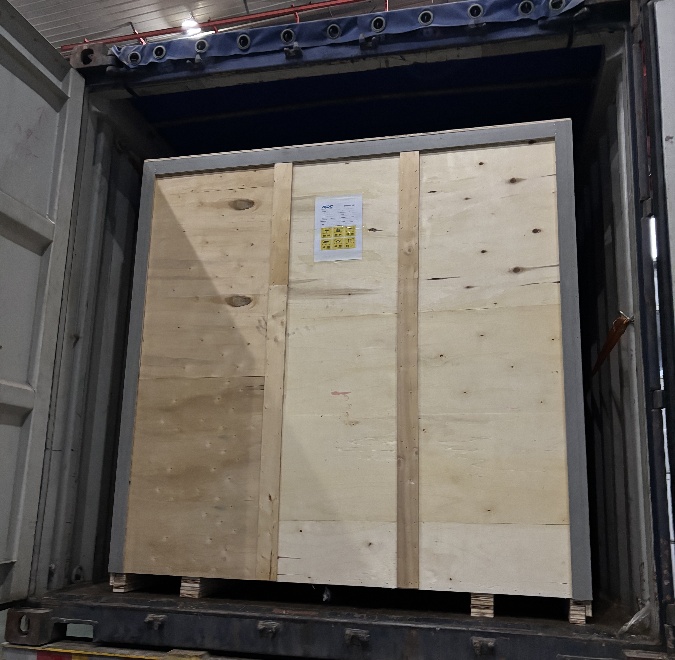
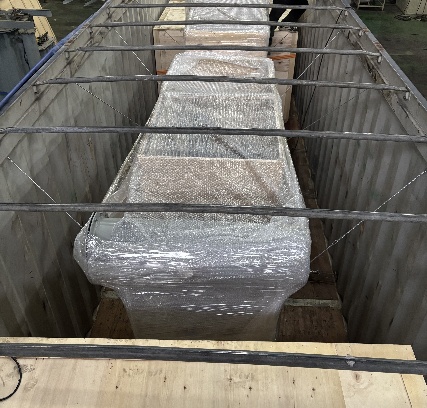
Manufacturer Test
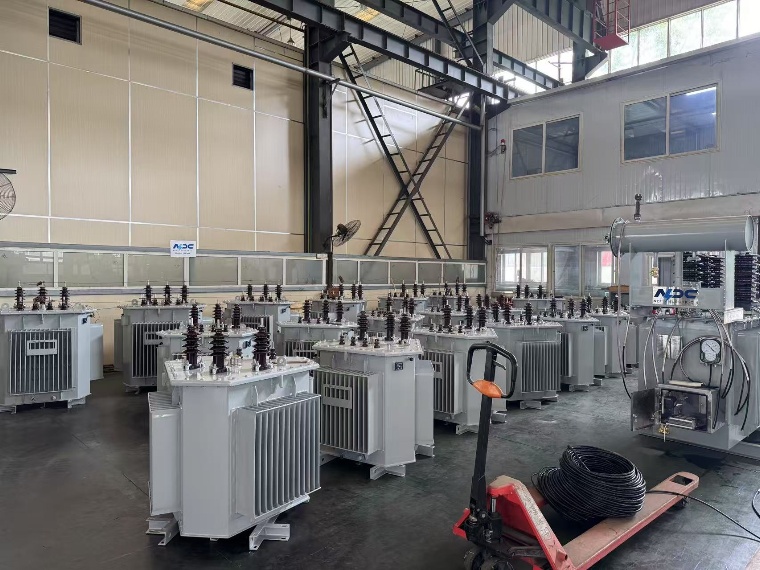
Progress Test
NPC ELECTRIC manufactures three-phase oil-immersed transformers the strict quality control. The process test of 315kV three-phase oil-immersed transformers mainly includes the following contents:
Raw materials and parts inspection
Microstructure analysis of silicon steel sheets: In addition to the routine inspection of silicon steel sheet specifications, material certification, etc., the microstructure analysis of silicon steel sheets is also carried out. The microscopic characteristics of silicon steel sheets, such as grain size and orientation, are observed through a metallographic microscope to ensure that they meet the design requirements, because the microstructure will affect the core loss and electromagnetic performance of the transformer.
Winding wire coating quality inspection: For winding wires, not only are the conventional parameters such as diameter and resistivity tested, but also the coating quality of the wires is tested. The coating thickness gauge is used to measure the coating thickness, and the corrosion resistance of the coating is tested through a salt spray test to ensure that the electrical performance of the wire will not be affected by coating problems during long-term operation.
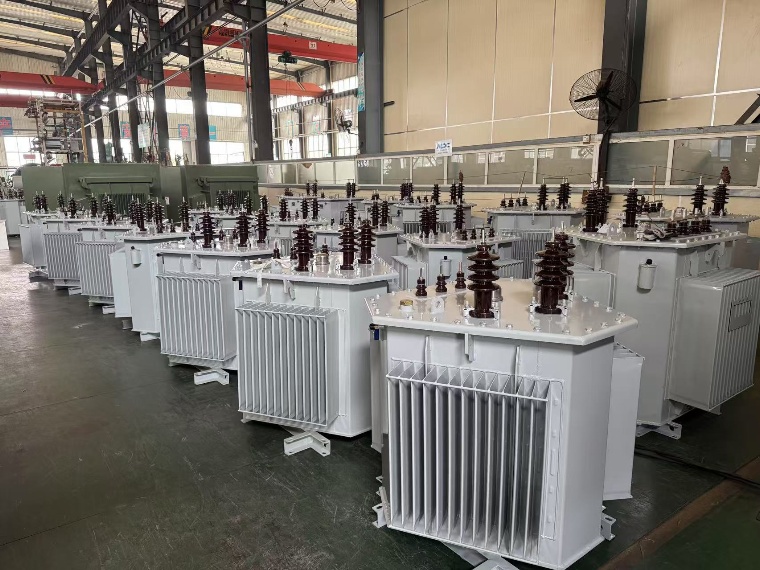
Design Tests
All transformer will be test after finished the production, test items as below:
♦ Insulation Power Factor
♦ Ratio, Polarity, and Phase Relation
♦ Winding Resistance
♦ Impulse Tests
♦ On load Loss Test
♦ No Load Loss Test
♦ Leak Test
♦ DC Insulation Resistance Test
♦ Transformer Turns Ratio/TTR (All Tap Voltages)
♦ Impedance Voltage & Load Loss (Rated Voltage)
♦ Polarity, 1-Ph / Phase Relation, 3-Ph (Rated Voltage)
♦ Excitation & No-Load Loss (Rated Voltage)
♦ Applied Voltage
♦ Induced Voltage
♦ Lightning Impulse
♦ Insulation Resistance (Rated Voltage)
♦ Temperature Rise
♦ Dielectric Withstand (Hipot)
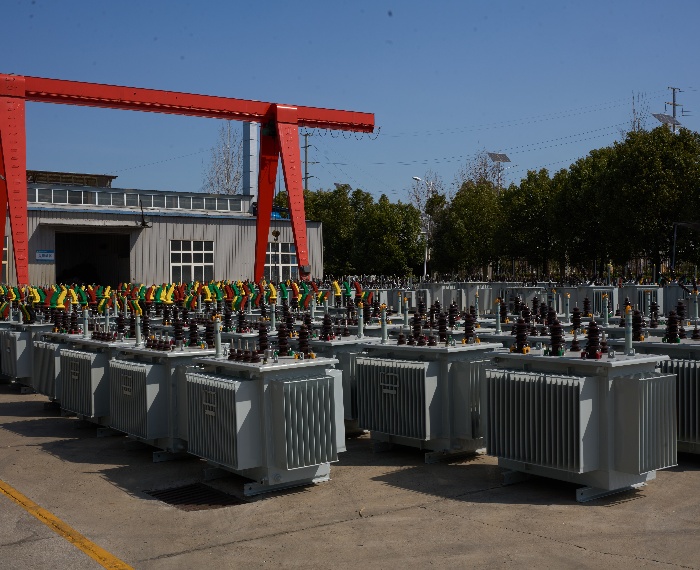
Transformer Factory Acceptance Test
The Transformer Factory Acceptance Test (FAT) for 315kVA three-phase oil-immersed transformers is an essential procedure conducted before shipment to ensure the transformer meets all required standards and performs optimally. During the FAT, several critical tests are carried out:
Appearance inspection: Check the transformer's casing, terminals, markings, oil level, etc. to ensure that there is no physical damage or defects.
Oil immersion inspection: Confirm that the transformer's oil immersion process meets the requirements, the oil quality is qualified, the oil level is normal and there are no impurities.
Electrical performance test:
No-load test: Measure the transformer's no-load current, no-load loss, etc., to confirm that its performance at no-load meets the standard.
Load test: Test the transformer's voltage, current, power loss, etc., under different loads to ensure that the transformer operates stably under the working load.
Short-circuit impedance test: Measure the transformer's short-circuit impedance to confirm that it meets the design specifications.
Routine Test - No Load Loss Test
Voltage source (usually 230V, 400V or customized according to customer requirements to adapt to different equipment)
Power analyzer (used to measure power loss and efficiency)
Ammeter and voltmeter
Temperature and humidity meter
Please ensure that the test is carried out in a suitable environment with a relative humidity of less than 75% and avoid rainy days or extreme weather (recommended temperature range: 20-30°C).
Connect the test equipment to the high voltage side of the transformer, making sure the wiring is correct and the equipment is grounded.
Apply Test Voltage:
Usually it is 110% of the rated voltage, for example, if the rated voltage of the transformer is 33 KV, apply 36.3 KV (110%).
No Load Current
No Load Loss
Power Factor
Current
Voltage
Temperature and Humidity
No-load loss < 0.2% ≤ 0.5% rated power (good)
No-load loss > 0.5% rated power (further inspection or corrective action required)
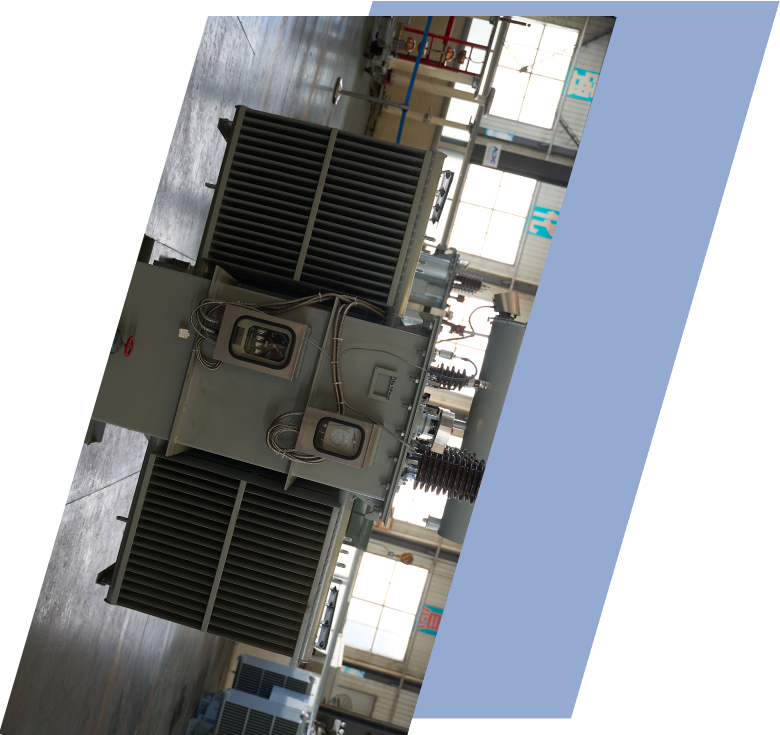
Application
Technical Advantages
Product Packaging
Related Products
FAQ From Customers
-
What is a Transformer?A transformer is an electrical device used to change the voltage of alternating current (AC). It works on the principle of electromagnetic induction, converting high-voltage current into low-voltage current or low-voltage current into high-voltage current. Transformers are widely used in power transmission, distribution systems, and various electronic devices.
-
What are the main uses of a transformer?The main use of a transformer is voltage conversion. Transformers are used in power transmission systems to help transfer electricity from power plants to consumers. In addition, transformers are also used in electronic devices such as chargers, televisions, power adapters, etc., to adjust the voltage to meet the requirements of different devices.
-
Do you have UL listed?Yes, our transformer has UL listed. We have exported to America many pad mounted transformer,substation transformer and HV.

